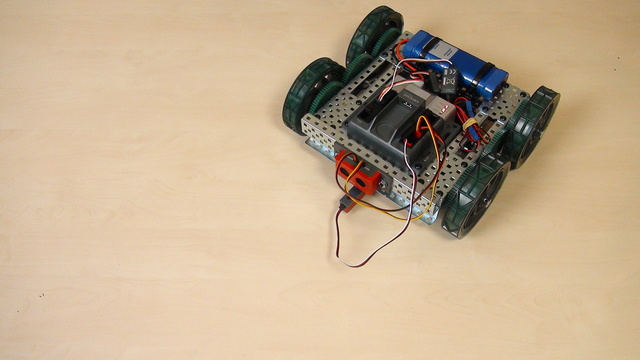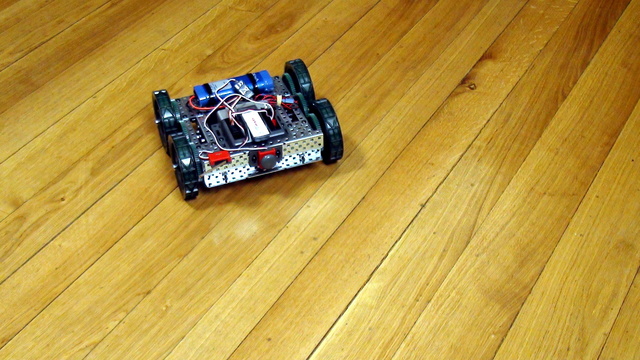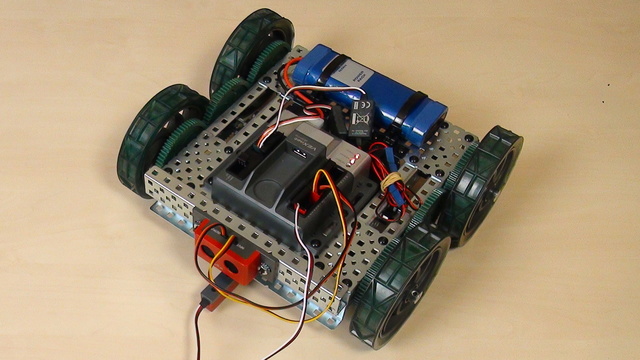

How to display on the screen the calibrated minimum and maximum values from the Array
A common question is how to display arrays on the LEGO Mindstorms EV3 brick screen. Displaying values from an array is not different from any other display operation. In this tutorial, we would look at displaying two specific values. The minimum and the maximum for a specific sensor from the Advance Calibration Course Section
- #643
- 04 Oct 2017

























